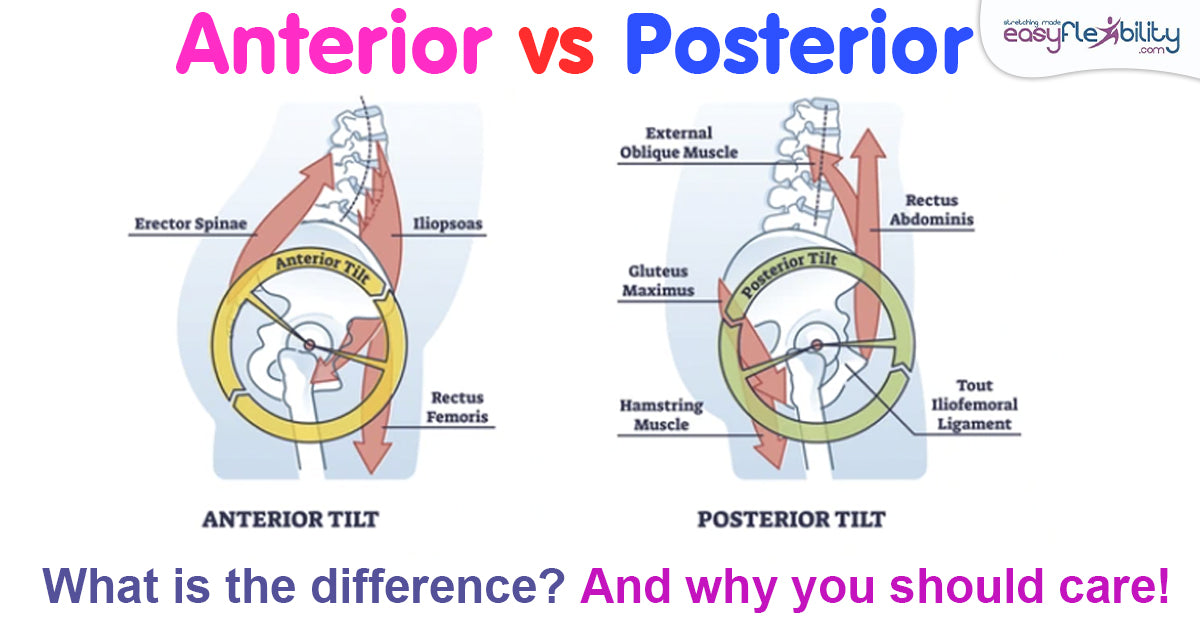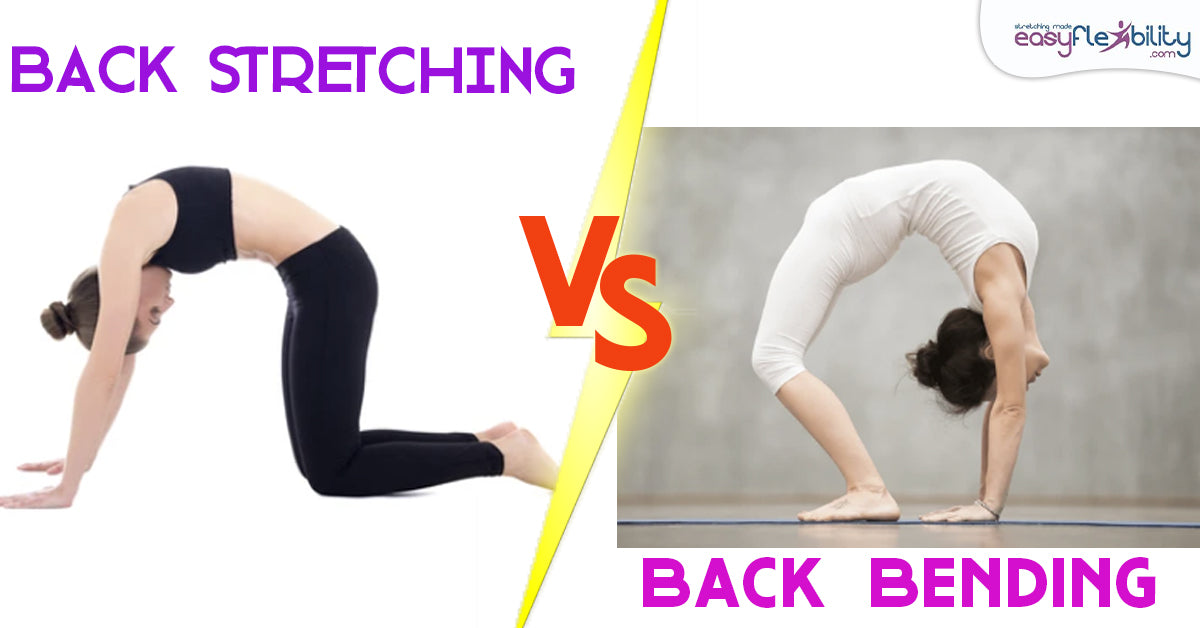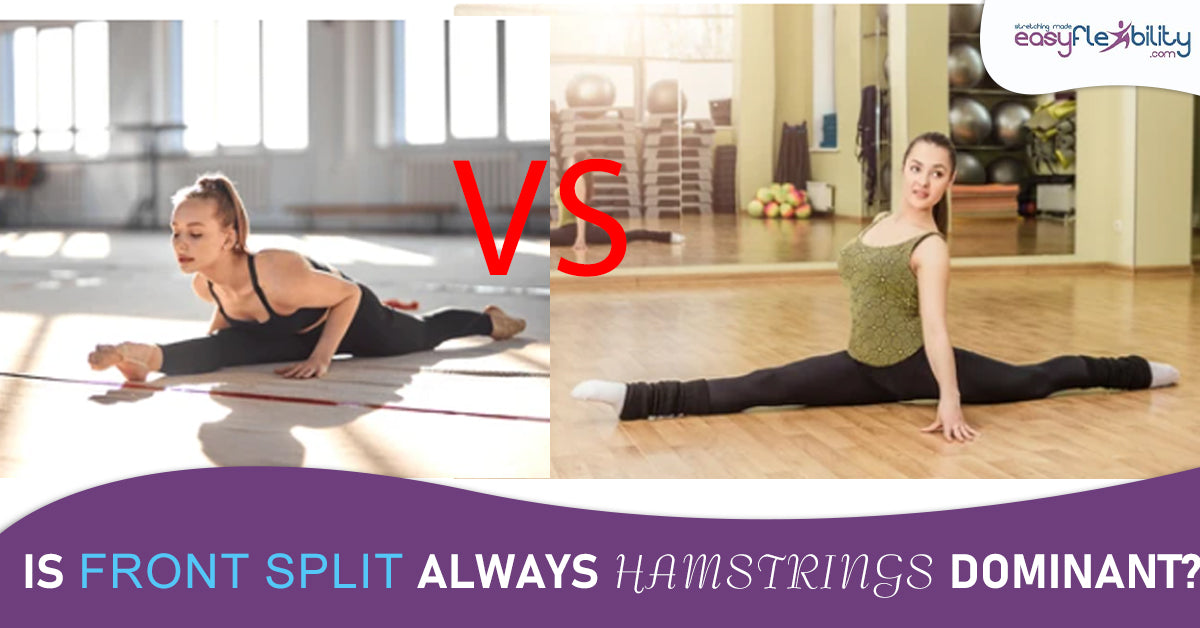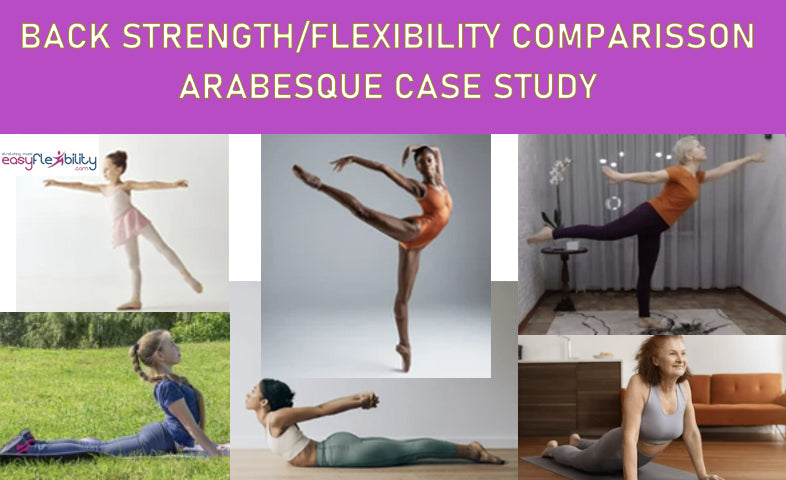How effective is supine wall straddle or straddle waterfall for attaining a side split?
Posted by Paul Zaichik on

How effective is supine wall straddle or straddle waterfall for attaining a side split?
We polled Stretch 180 app users to get the answer. To keep the answers unbiased all the people who were polled, are newcomers to stretch 180 app and are not EasyFlexibility practitioners. People polled were the ones who answered yes to the original question of: “Have you used, or are you using now the supine wall straddle to help with your side split?” The survery questions that we asked were as follows:
The questions & answers:

If you have used what is called the “Supine Wall Straddle or Straddle Waterfall”, on average how long did you hold this position?
- Under 30s (0% chose this option)
- 30s to a minute. (4% chose this option)
- A minute to three minutes. (59% chose this option)
- Over three minutes. (37% chose this option)
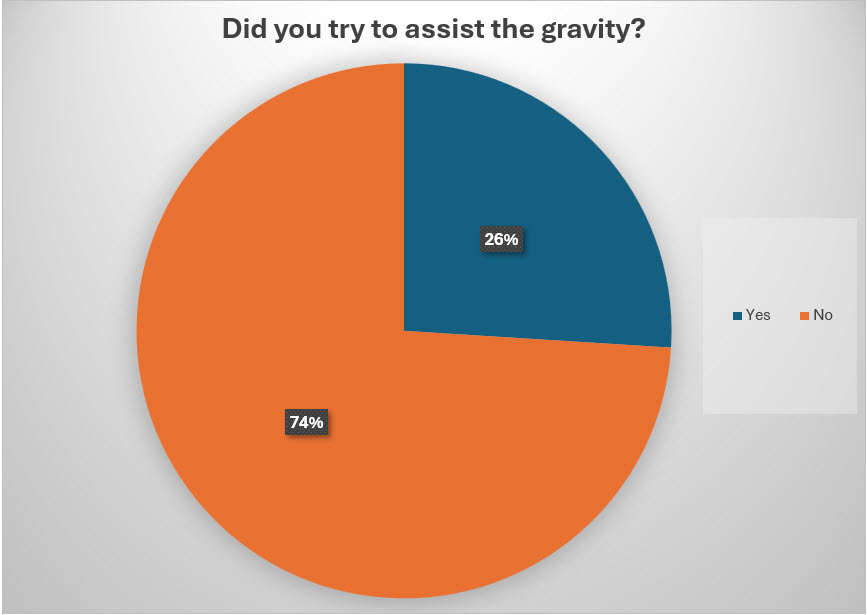
When trying to master the side split using the supine straddle with feet on the wall. Did you try to assist the gravity? By either pulling your legs apart with your hands into a wider straddle, or using some kind of device such as resistance bands, cables, or ankle weights.
- Yes (26% chose this option)
- No (74% chose this option)

When lying on your back have you done any type of facilitation to this technique, such as contraction of your agonists, which are your adductors or your antagonists which are your horizontal extensors?
- Yes (2% chose this option)
- No (67% chose this option)
- Not sure what you mean (31% chose this option)
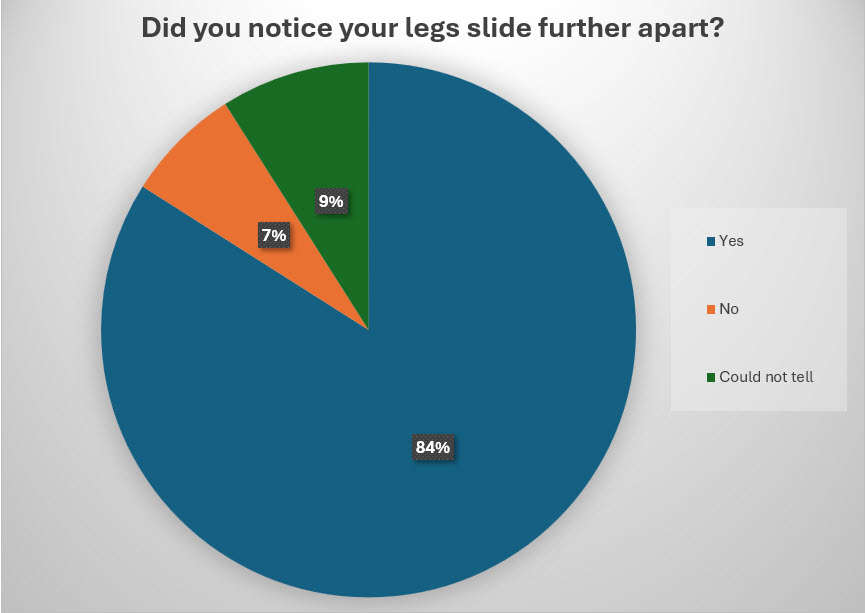
When you were lying on the back and your legs were straddled to the maximum at first did you notice your legs slide further apart as you kept laying on your back?
- Yes (84% chose this option)
- No (7% chose this option)
- Could not tell (9% chose this option)
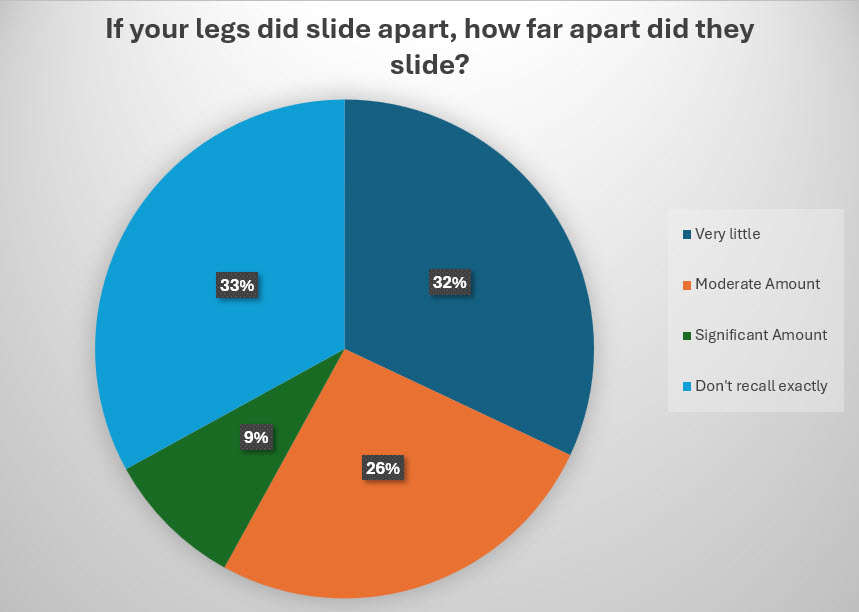
If your legs did slide apart, how far apart did they slide?
- Very little (32% chose this option)
- Moderate amount (26% chose this option)
- Significant amount (9% chose this option)
- Don’t recall exactly (33% chose this option)

Do you feel like lying on your back and stretching your legs to each side with a system of gravity is an important technique to achieve a side split based on your observation.
- Yes (19% chose this option)
- No (45% chose this option)
- I cannot tell (36% chose this option)

Having been asked by people about the effectiveness of this technique, we decided to do a poll.
Effectiveness of supine wall assisted straddle or supine waterfall straddle for the mastery of the side split. Also called middle split, or center split. Having been asked by people about the effectiveness of this technique, we decided to do a poll.
Since this technique is not used in EasyFlexibility system because EasyFlexibility system does not rely on relaxed stretches. Instead, it relies on Zaichik Stretching Techniques, which is targeting leverage based movement stretches. We decided to poll a group of people who use the Stretch 180 app and not EasyFlexibility customers to avoid any bias or conflict of interest.
We have asked a small group of questions to see if anyone found this technique useful in the split training. As well as to find out how this technique is commonly used by people outside of EasyFlexibility system.
Since this technique is not used in EasyFlexibility system because EasyFlexibility system does not rely on relaxed stretches. Instead, it relies on Zaichik Stretching Techniques, which is targeting leverage based movement stretches. We decided to poll a group of people who use the Stretch 180 app and not EasyFlexibility customers to avoid any bias or conflict of interest.
We have asked a small group of questions to see if anyone found this technique useful in the split training. As well as to find out how this technique is commonly used by people outside of EasyFlexibility system.
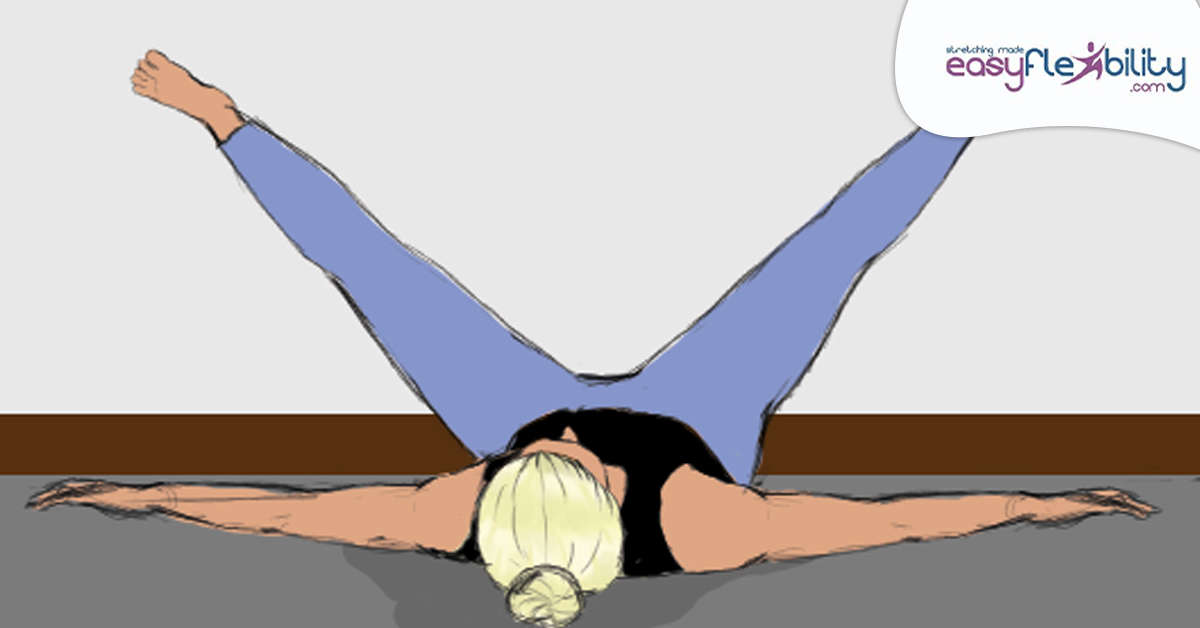
What is a Supine Wall Assisted Straddle, Wall Straddle, or Straddle Waterfall as it is often called?
The name of the exercise itself provides a clue to its execution: "supine" refers to lying on the back, "wall assisted" indicates the use of a wall as support, and "straddle" describes the position of the legs, spread wide apart.
A supine wall assisted straddle is based on a premise that when you lie on your back with your legs apart. Eventually gravity will do the work and the legs will be pulled down into a split.
A supine wall assisted straddle is based on a premise that when you lie on your back with your legs apart. Eventually gravity will do the work and the legs will be pulled down into a split.

The pros of a Wall Assisted Straddle, Wall Straddle, or Straddle Waterfall
This is theoretical, and this technique has pros and cons for the mastery of the side split. Let's take a look at the pros and cons of this technique.
The pro is that you don't have to really put in a lot of effort. You can lie on your back and let the gravity pull the legs apart. You don't have to sweat. You don't have to warm up. You don't have to care about the technique. At least this is how it works in theory.
Depending on your nervous system and the health and strength of your muscles and tendons, as well as your lower back, you can remain in this position for a fairly long amount of time. Maybe read a book.
Length of time in a specific position may not transfer into flexibility gains. But if your body is comfortable and you don't feel like you are experiencing any discomfort, you can stay in this position as long as you want. Possibly fall asleep.
Another pro is that the legs are supported. In theory, if there's no effort, the wall supports the legs and you don't have to contract muscles. And, this can theoretically be an easy way to get a split technique.
The pro is that you don't have to really put in a lot of effort. You can lie on your back and let the gravity pull the legs apart. You don't have to sweat. You don't have to warm up. You don't have to care about the technique. At least this is how it works in theory.
Depending on your nervous system and the health and strength of your muscles and tendons, as well as your lower back, you can remain in this position for a fairly long amount of time. Maybe read a book.
Length of time in a specific position may not transfer into flexibility gains. But if your body is comfortable and you don't feel like you are experiencing any discomfort, you can stay in this position as long as you want. Possibly fall asleep.
Another pro is that the legs are supported. In theory, if there's no effort, the wall supports the legs and you don't have to contract muscles. And, this can theoretically be an easy way to get a split technique.

The cons of a Wall Assisted Straddle, Wall Straddle, or Straddle Waterfall
There are some cons to this technique as well. The Con number one is, most people who try this technique have a tendency for the hips to turn. And more often than not, muscles of the hips have to be used to turn the leg back and keep them in a specific position. So for most people, this technique is not going to be completely effortless. For some people it will be effortless.
The other con is resistance. If gravity indeed begins to pull the legs apart. The stretch reflex will kick in and there will be resistance. The body will not want to allow your legs to stretch further into the side split. And this is true for any relaxed stretch.
The other con is that multiple muscles get stretched at the same time on both legs. If someone has imbalance between the legs or tension in one of the muscles, this could force other muscles to contract and protect. In case of tension and in case of leg imbalances this could cause one leg to move more than the other, placing strain on the lower back. It may be a problem. It may not be, depending on what kind of condition your lower back is in.
For additional considerations, remember that even if you are one of those people who benefit from this stretch, you still have to do strength exercises and movement exercises to add awareness of the body to accept the side split position in a new range, and to build the strength in a new range to be able to maintain the split. And thus you might relax here, but you are still going to need to do very specific movement and strength exercises to support your flexibility.
Even with Zaichik Stretching Techniques. You get very flexible from them. But if you don't support the ZST's with specialized strengths and movement exercises specific to splits training, you don't get much retention from the flexibility.
The other con is resistance. If gravity indeed begins to pull the legs apart. The stretch reflex will kick in and there will be resistance. The body will not want to allow your legs to stretch further into the side split. And this is true for any relaxed stretch.
The other con is that multiple muscles get stretched at the same time on both legs. If someone has imbalance between the legs or tension in one of the muscles, this could force other muscles to contract and protect. In case of tension and in case of leg imbalances this could cause one leg to move more than the other, placing strain on the lower back. It may be a problem. It may not be, depending on what kind of condition your lower back is in.
For additional considerations, remember that even if you are one of those people who benefit from this stretch, you still have to do strength exercises and movement exercises to add awareness of the body to accept the side split position in a new range, and to build the strength in a new range to be able to maintain the split. And thus you might relax here, but you are still going to need to do very specific movement and strength exercises to support your flexibility.
Even with Zaichik Stretching Techniques. You get very flexible from them. But if you don't support the ZST's with specialized strengths and movement exercises specific to splits training, you don't get much retention from the flexibility.
In conclusion
Lazy stretching such as the Wall Assisted Straddle, Wall Straddle, or Straddle Waterfall might help you a little bit. But it's not going to allow you to see progress from session to session if you don't support that flexibility.
So whether you like it or not, you are still going to have to get off your back and do exercises specific to splits. And if you don't. You might keep doing that stretch forever and not getting your full side split.
You can try this stretch for yourself. Or if you have and you did not get the results that you want, you are welcome to try our EasyFlexibility Splits Training programs that have been designed to get you your splits fast, safe and easy.
So whether you like it or not, you are still going to have to get off your back and do exercises specific to splits. And if you don't. You might keep doing that stretch forever and not getting your full side split.
You can try this stretch for yourself. Or if you have and you did not get the results that you want, you are welcome to try our EasyFlexibility Splits Training programs that have been designed to get you your splits fast, safe and easy.
Side (Middle) Split Strength & Flexibility Training at HomeALL 3 LEVELS - BEGINNER, INTERMEDIATE, ADVANCED

Try a Zaichik Stretching Technique called ~Content~ ZST from the EasyFlexibility system right now!

If you want a proven, safe, easy to understand and do training program based on science, that is guaranteed to get you that perfect 180 Degree Split, then register for this course and start your training today!
This Online On Demand Video Training Combo Contains:- Side Splits Beginner Level program
- Side Splits Intermediate level program
- Side Splits Advanced Level program
CLICK HERE TO LEARN MORE ABOUT THIS COURSE
This Online On Demand Video Training Combo Contains:

About the Author:
Paul Zaichik is an Exercise Science Expert, author of multitude of books, and the creator of Zaichik Stretching Technique (formely known as Kinesiological Stretching Technique). His speciality is flexibility training as well as body weight conditioning. His innovative method is designed to have maximum carry over into specific athletic techniques. Paul is the author of books and DVD’s on the topic of flexibility, martial arts and bodyweight training. Over the years, Paul Zaichik has worked with a variety of individuals including athletes, entertainers, and military personnel. His ElasticSteel Method of Athletic Conditioning programs, EasyFlexibility Programs and Zaichik Stretching Techniques are used world wide by both professional and amateurs with great success.
Share this post
- 0 comment
- Tags: straddle waterfall, supine wall assisted straddle, supine wall straddle, wall assisted straddle, wall straddle
0 comment

